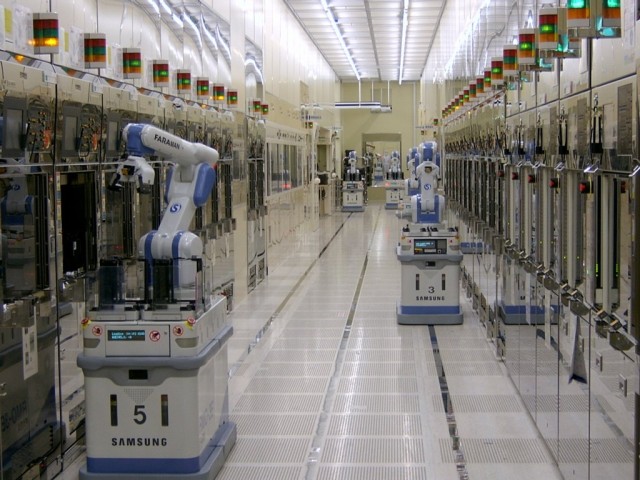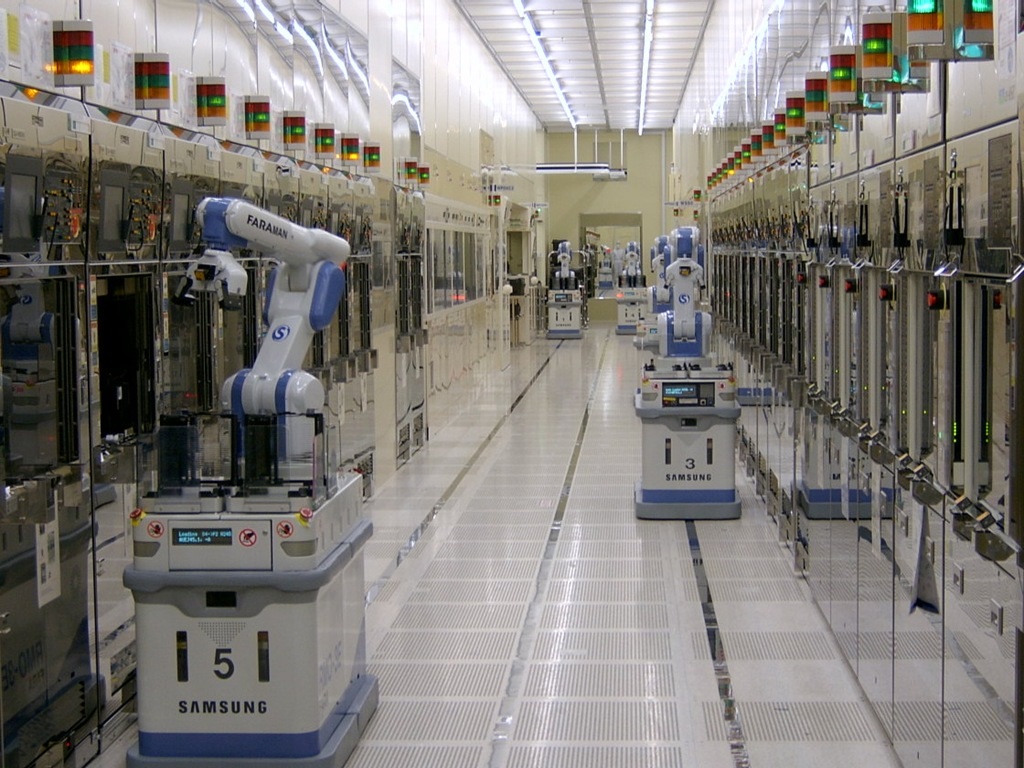
When Samsung, NXP, and Infineon announced they were shutting down their factories in Austin, TX to help the state manage its electrical shortage, the shutdowns were expected to be brief. There’s no word on whether or not Infineon has restarted, but both Samsung and NXP are still offline, 15 days later.
Samsung’s Austin facility accounts for approximately 5 percent of global 300mm wafer production on a monthly basis. The facility focuses on building chips built on Samsung’s 14nm process, with iterations of that node available in the same plant down to 11nm. Power was not restored to the facility until last Saturday, and the company is still busy restoring the facility to proper working order.
“I’ve never seen a fab turned on after an outage without hiccups,” industry analyst Pat Moorhead, founder of Moor Insights and Strategy, told the Austin American Statesman. “For example, if one molecule of water would find its way into the tools, it could completely halt production. A fab uses very particular gasses, liquids, and matter that is hard to store and put back after it has been brought out of storage.”
Products built at Samsung’s S2 facility include hardware for Samsung’s LSI (Large Scale Integration) business, including its SSD controllers. Chips for Tesla and Renesas and telecommunication chips for Qualcomm are also manufactured at the facility. A number of Qualcomm RFICs (radio frequency integrated circuits) are built in Austin.
“While we are currently making efforts to resume operations as soon as possible, the process may require more time to reach normal levels as we inspect and reconfigure the facility. Our primary focus is to ensure safety on-site for our workforce as well as our community,” Samsung spokeswoman Michele Glaze said.
Assuming Samsung doesn’t hit any problems, it sounds like the fab should be back online by this time next week. That would put the full shutdown time at about three weeks. That would correspond to a worldwide 3-5 percent drop in wafer starts in February. That’s not much more than a blip in normal times, but at a time when every facility is under pressure, this is unwelcome news.
The good news is that while this will absolutely make the semiconductor shortage worse overall, it shouldn’t necessarily impact supplies of CPUs, GPUs, and other types of hardware we’ve most frequently discussed. Those parts are built by other foundries in other places. It could, however, further impact the automotive market and possibly the SSD market, though Samsung should be reasonably well insulated against that problem. Also, Samsung managed the shutdown in an orderly fashion — it didn’t have to scram the foundry — and has already dispatched a team of engineers to assist with getting it online again.
Feature image by Samsung.
Now Read:



